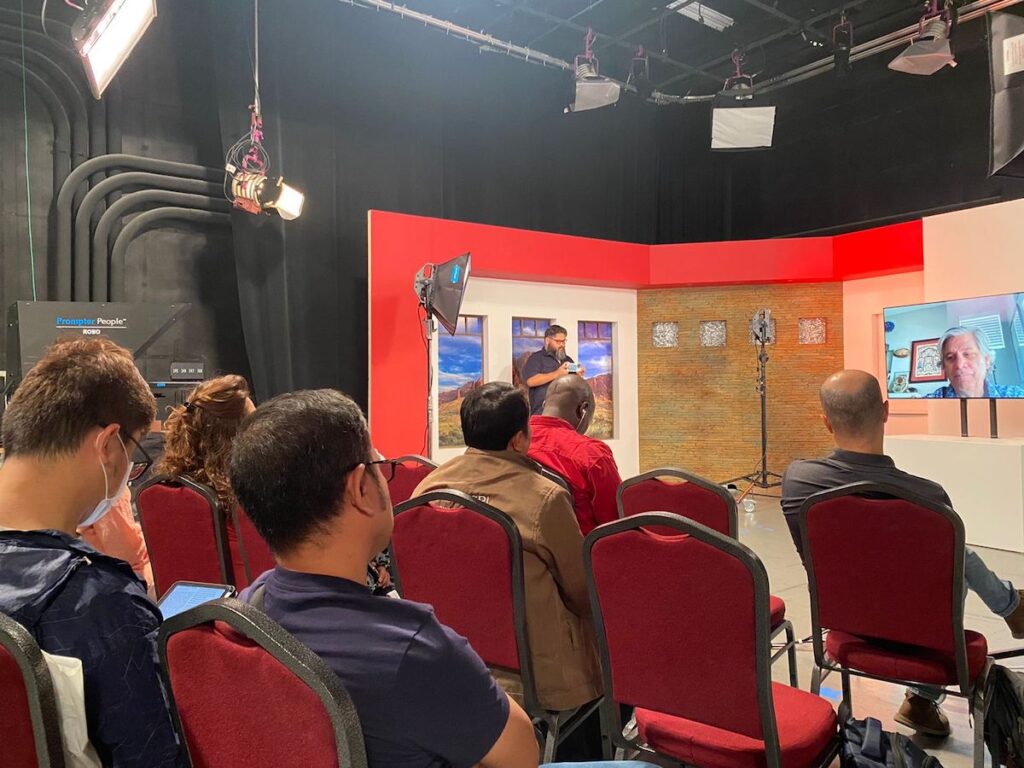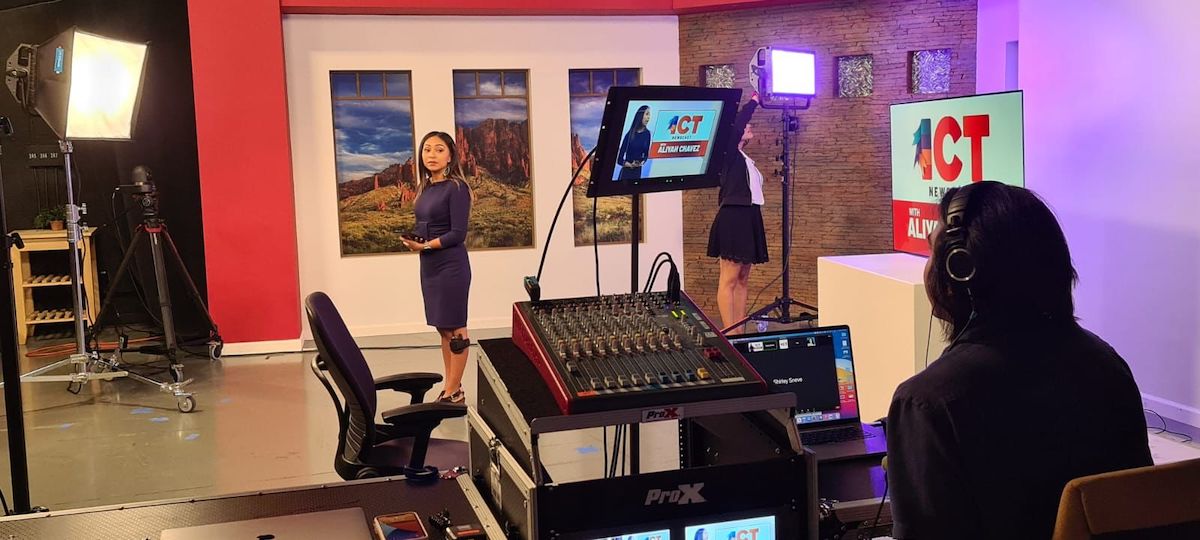.
Cinema and television are powerful media because they open the doors for us to learn about human experiences, but it is also well established that many times reality is reshaped and distorted by the media. This can be very true in the case of representing Indigenous tribes in the media. It can be seen clearly in some of the Hollywood movies that portray Indigenous peoples as savages, ready to attack White characters and their families. Such stereotypical representations of certain communities have repercussions on how those communities are perceived by the people across the world
During my first two weeks of exploring the city of Phoenix, Arizona I was always attracted to the colorful street art about Indigenous communities and highlighting their social and political issues. This exposure developed my understanding of the traditions, beliefs and culture of this culturally rich community. But still I had some questions in mind to be answered. Google was of course my first place stop. What I found was huge: we are in the state which has the third largest Native American population of any U.S. state, and is home to 22 federally recognized tribes. Each with its own rich history, culture, language and land base.

Photo credit: Ian Catedral Espada
Google didn’t answer all my questions and I feel fortunate that I got a chance to meet with Native Americans. They were the Indigenous journalists who run Indian Country Today (ICT), an independent and nonprofit channel that serves Indigenous communities with news, entertainment and opinion. Their personal as well as professional experience of covering Native Americans helped me a lot in understanding the problems and the challenges they come across in their lives.
In the early morning the scholars arrived at the ICT studio, located on the 6th floor of the Cronkite School of Journalism and Mass Communication. After watching a two-hour newscast recording, presented by Aliyah Chavez, we watched a brief recorded video by Mark Trahant, ICT editor-at-large. Mr. Trahant provided an overview of their objectives, workflow, business model and challenges they face in covering stories related to Native Americans. Then Dalton Walker, ICT managing editor, described the current state of Indigenous media in the United States followed by a Q&A session. The session ended with a video showcasing the 40-year history of ICT.

prepared a video message for the scholars
The afternoon session emphasized U.S.-Mexico relations with respect to Indigenous people. Dr. Rafael Martinez Orozco, an assistant professor of Southwest Borderlands at ASU’s College of Interdisciplinary Humanities and Communication, took us through the history of the southwestern U.S. from its independence to the present. In the course of doing so he discussed the U.S.-Mexican war, Mexican revolution, militarization of the U.S.-Mexican border, and the challenges facing undocumented populations. He also discussed the role of media in representing the rights of immigrants, which helped us to understand the problem and the measures taken to solve it.
Today’s sessions made me think more about the problem of immigrants, the plight of Indigenous peoples and the indifference shown by the U.S. government towards their rights. I’m looking forward to learning more about the cultures, languages, and traditions of Indigenous people and tribes in the region through our visit to Heard Museum tomorrow, and I can’t wait to read Ian’s blog on his experience of the museum.
